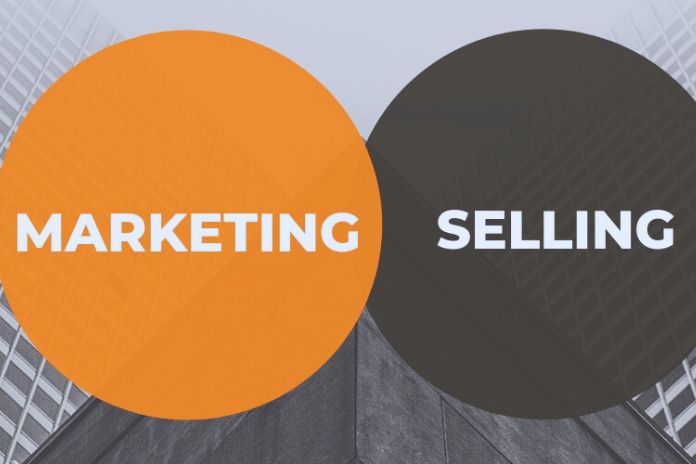As we mentioned earlier, the sales funnel, also known as the pipeline, is commonly divided into three stages: acquisition, conversion and sale. And your marketing needs to be aligned with the position your audience is in within that funnel. That’s why it’s essential to have a strategy that addresses these three stages.
At the sales or monetization stage, the potential customer already understands that he has a problem, looks for a solution, finds your company, and realizes it could help. Among all the options on the market, your brand offers what your potential customer needs. And a connection has already been created between you.
However, that doesn’t mean that this potential customer will close immediately or that they won’t rethink that decision after the purchase. And this is because of cognitive dissonance.
What Is Cognitive Dissonance?
Cognitive dissonance is a natural process in our brain when different behaviors, thoughts and actions collide. It can be related to several aspects, but we will deal with the shopping process and experience in this article.
In the customer journey, cognitive dissonance typically occurs after purchasing your product or service. This purchase may have been on impulse, causing more significant dissonance, or planned, which can also cause this process, but to a lesser extent.
This process, although natural, generates discomfort in the person who feels it and is linked to regret.
It is still common for this feeling to occur when the customer’s expectations are unmet or when a problem occurs and the company does not offer the necessary support.
How Can Marketing Help Lessen Cognitive Dissonance?
Communications aimed at this part of the funnel need to align the prospect’s expectations with the reality of your solution. It is an excellent way to reduce the negative feeling associated with the purchase by clarifying the pain your solution addresses, who it serves, and how long it will be resolved.
Another way is to explain how your support works if you need to return a product or cancel a service and the means of contact. In addition to being present on your website in a dedicated place for frequently asked questions, it is interesting to create dedicated content in other formats to reach your audience. Making people feel safe is the best way to help them decide.
Give examples of other customers, show how your solution can make a difference, and, if possible, bring testimonials and concrete stories. For example, you can create a discount program for future purchases for customers who send a testimonial to be shared. This will bring testimonials and encourage the customer to buy from you again when they need to, precisely to take advantage of the benefit granted.
Enchant
Transform the act of purchase into a shopping experience. What does that mean? Make the whole process before he becomes a customer exceptional. This will further strengthen the decision. And it will also reduce the cognitive dissonance after the purchase because, in addition to the expectations reached, the process itself exceeded expectations.
To be able to carry out this enchantment process, you must know your potential customer’s journey in depth and map out all their points of contact with your brand and the channels through which they can get in touch with the company. All these interactions need to be measured and thought out carefully to achieve each customer’s best experience.
An extraordinary experience will not only make the customer happy, but it also has the power to turn them into an ambassador for your brand.
Bonus Tip
Making visitors aware of your brand and getting them through all the funnel stages until closing is a much more expensive and expensive process than encouraging your customers to buy again.
Therefore, use your customer base and create content to maintain the already established relationship between you. If you are thinking about new products, bring your base to participate in the process and keep them informed about new releases, in case it solves pains similar to the ones he had indicated he already had.
ALSO READ: Data-Driven Marketing: How To Make Decisions Based On Data


